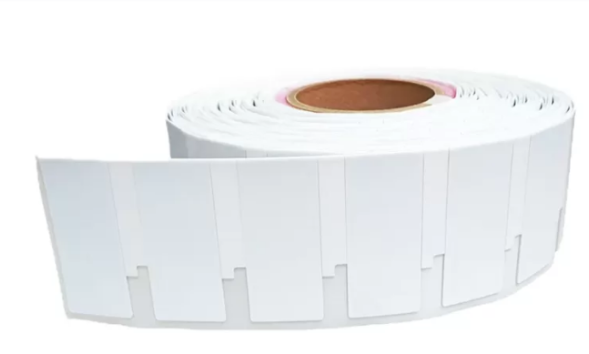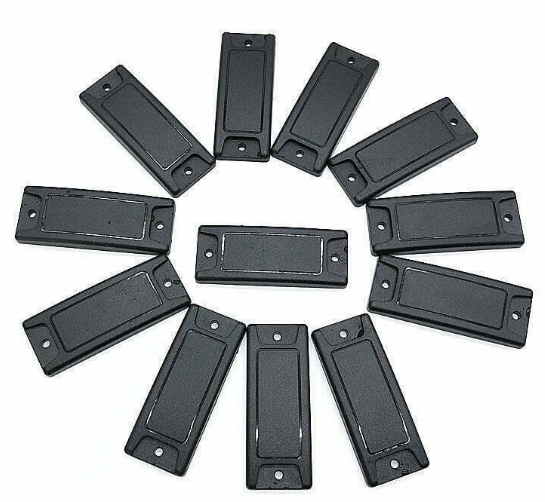Sometimes we need to attach RFID electronic tags to metal surfaces, such as shelves, or mechanical equipment. These shelves and equipment are made of metal. So can ordinary RFID tags be directly attached to metal for use?
Let’s look into a case first
In 2021, a Mexican customer came to us with RFIDHY and needed to manage his warehouse. He reported to us that there was a problem with the UHF tags provided to him by his supplier, and they were often missed. He wants to test our labels and replace their old labels if they don’t miss a read. Through the video connection, we noticed that there are many metal objects piled up in his warehouse. Through remote assistance, we helped customers adjust the placement of card readers and antennas and the orientation of items in the warehouse. After the Doron test, the problem of missing labels was solved. The customer was very happy and still proofed and tested our labels.
After
After the original label is used up, the customer starts to use our label. He said that we are more professional and service is more in place, and he also believes in the quality of our products.
It is not difficult to see from this case that the metal environment will affect the reading of the label.
Let’s do a test
This is an ordinary UHF tag with a regular Alien H4 chip. Now let’s stick this label on the carton to measure his reading distance. We can see that the maximum reading distance of this tag can reach 8 meters through our UHF handheld card reader.
Then, we take a label of the same specification and stick it on the metal shelf to try his reading distance again. We found this label to be completely unreadable with a card reader. It’s not that the reading distance is shortened, but that it can’t be read at all.
Why does this happen?
Passive RFID electronic tags are radio waves emitted by the receiving card machine. Convert the energy of the radio wave into electricity, thereby activating the chip. The signal is then transmitted through the antenna of the tag and received by the card machine. In this way, the process of reading and writing the label by the card machine can be completed.
However, since the metal absorbs the radio waves, it is equivalent to completely shielding the signal. Our tags lose their energy source and naturally cannot function properly.
Specific anti-metal RFID electronic tags
Therefore, to use RFID tags on metal surfaces, we need to use specific anti-metal tags.
Such as this flexible anti-metal tag. After we put this label on the metal shelf, let’s take a look at its reading distance. Obviously, the reading distance can still reach more than 8 meters.
It is because of the special isolation material on the back of this anti-metal label. This material can completely isolate the interference of metal to the signal. Thus, the signal of the card reader can directly act on the label itself. In this way, the card reader can read and write tags smoothly.
Light-resistant
However, it is worth noting that this flexible anti-metal label is not resistant to light. If you need to use it outdoors for a long time, you need another light-resistant metal-resistant label. Such as this PCB label. Or customize a light-tight case for this flexible metal-resistant tag. In this way, its service life can be extended.
RFIDHY has thousands of RFID tags. Their materials, sizes, and antennas are all different to suit a variety of scenarios.
Before deciding to use a certain RFID tag product, be sure to let professionals have an in-depth understanding of the product’s use scenario and environment. And do field tests.
Only in this way can the use of radio frequency tag products achieve the expected results and avoid risks.
Keyword: RFIDHY Warehousing NFC tag RFID Solutions
Text: Li Shijun RFIDHY
Please indicate the source







